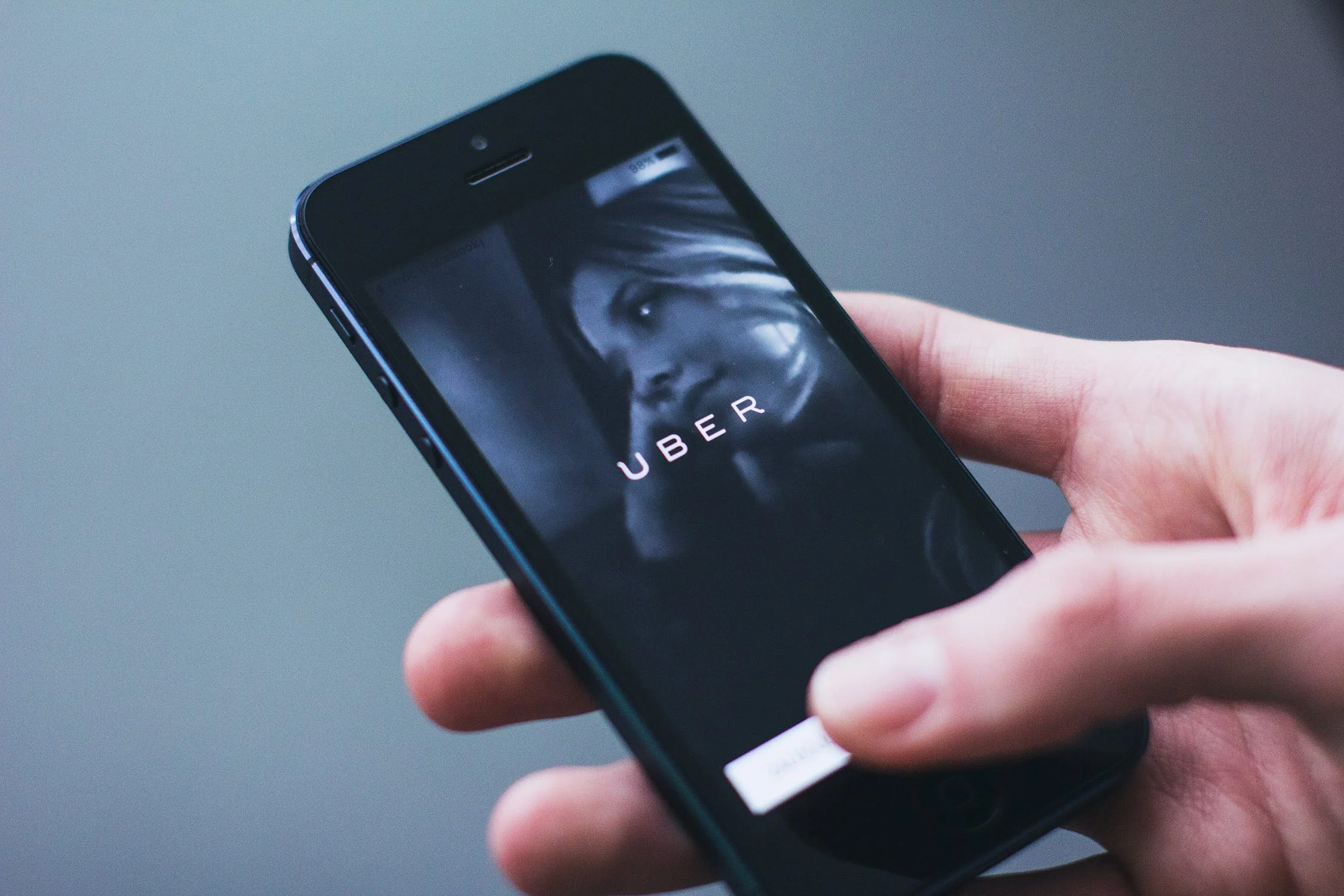Uber as an Example of Current vs. FUTURE State Journey Mapping
Journey Mapping continues to grow as a very useful method and tool for helping organizations develop an understanding of their customer's experience. Journey Maps can come in all shapes and sizes depending upon the audience, the scope of the journey being mapped, and the specific goals and objectives for mapping the journey.
Two Primary Types of Journey Maps
However, there are two primary types of journey maps each with their own unique goals and objectives.
Current State Journey Map
A current state journey map is used to define customer experience as it “perceived” today. Remember, customer experience is always based upon the "perception" of the customer. A current state journey map helps you:
Identify the expectations, wants and needs of a targeted persona (ideal customer) at each stage of the journey;
Identify the various Touchpoints that exist today at each stage of the journey;
Identify the context (stage of journey or specific Touchpoint) in which a customer's expectations, wants or needs are not met (performance gap); and
Align all stakeholders on the most critical CX performance gaps to be addressed in the ideal state.
Future State Journey Map
An future state journey map is used to define the customer experience as we would like it to be “perceived” in the future. How pain points identified in the current state journey map are addressed and resolved. An ideal state journey map helps you:
Identify how new or modified Touchpoints at different stages in the journey might address specific performance gaps or unmet needs;
Identify how potentially eliminating a given Touchpoint might better serve the customer;
Create an understanding of an improved or optimal guest experience moving forward; and
Align all stakeholders on any new/modified Touchpoints required to delivery new guest experience
Both serve to illustrate how a given persona's (ideal customer) expectations, wants and needs are either met or unmet at different stages of the journey. Together they serve as book-ends with the current state journey map defining what is? and the future state journey map defining what is possible? or what wows?
Uber as an example of Current vs. FUTURE State Journey Map
Let's take Uber as an example in illustrating the difference between a current state and a future state journey map. First, let's start with the current state by defining the transportation experience for the typical customer taking a taxi cab (never again).
Current State Journey Map (Taxi Cab):
Rider hails cab on the side of the road (stepping in a puddle of water as you jump into the street hoping not to get hit by a car);
A car picks you up (hubcap missing, seats in need of repair, something smells);
You listen to whatever radio station the taxi driver is listening to (a talk radio show in a language you don't speak or understand);
You may even have to tell the taxi driver how to get to where you're going (no GPS);
At the end of the ride, you pay with cash (if you have any) or by credit card (hoping the driver shreds the 3-part carbon sales slip), stuffing the receipt in your wallet after you note the date and amount (if you have a pen handy); and finally
There is no way to provide feed back on your experience for future rider's of the taxi company or specific driver.
Future State Journey Map (Uber)
Rider selects pick-up location (GPS aided) and immediately get a notification that a driver is in route (you see their picture, name, and what type of car they are driving), you already know the cost of the service;
You get real-time updates on arrival time (and are able to contact the driver if you choose); the driver arrives to pick you up within minutes (it's a black Mercedes Benz with some bottled water for your refreshment);
You don't have to tell your driver where you are going (he already knows and has a smart phone);
You select a song from your Spotify classic rock playlist (and Hey Jude from the Beatles begins to play on the car speakers);
Upon arrival, you get out of the car, no need to pullout your wallet (your credit card is automatically charged) and an electronic receipt is available;
You rate the driver and the driver rates you (how fair and democratic is that?).
Wow! Might never take a taxi cab again, unless, there is absolutely no other option.
Envisioning the FUTURE State Experience
As illustrated, a future state journey map helps you define what a new and improved customer experience looks like and feels like from the customer's perspective. It outlines either new or different Touchpoints at each stage of the journey (even eliminating unnecessary ones) required to deliver that improved experience. It helps you begin to design the type of experience you wish to implement on behalf of your customers.
Next step, you will want to blueprint the experience (see my other blog posts) to define the different on-stage and back-stage components necessary to execute it.

